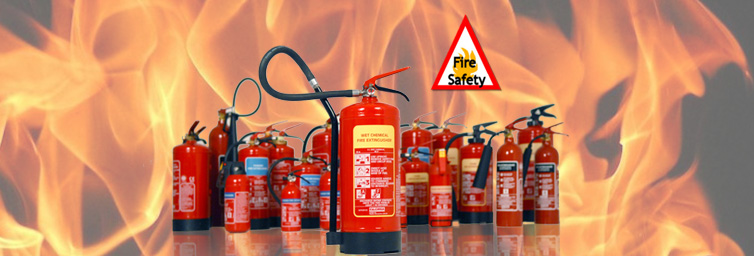You have no items in your shopping cart.
Post Requirement
Fire protection has to be resorted for protecting the occupants, goods and activities inside a building or a structure and of adjacent buildings.
Fire may be caused due to faulty workmanship in electrical wiring, leakages in heating and cooking equipment, flammable liquids, careless throwing of cigarette bits and matches, lightning, spontaneous combustion, etc.
When some materials get ignited, the material catches fire and grows to more area in the building. The fire spreads over different materials and produces different gases of which some are poisonous such as carbon monoxide, carbon dioxide, hydrogen sulphide, nitrogen dioxide, etc.
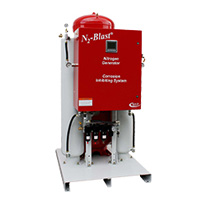
Fire resistance of a material is very important before building any structure. With reference to fire, materials are listed as combustible materials and non-combustible materials.
Combustible materials combine exothermally with oxygen and give rise to flame at a particular range of temperature. Examples of such materials are wooden products, animal products, and man-made products like fibreboard, strawboard, etc.
Non-combustible materials do not catch fire by or decomposed by heat at a particular range of temperature, such type of materials are metal, stone, glass, concrete, clay products, gypsum products, asbestos products, etc.
General Safety Requirements
All the buildings should meet certain safety requirements against fire, smoke and fumes.
Maximum Height
The height of the building is restricted depending on the number of storeys, the number of occupancies and the type of construction. Besides, all the above factors, in turn, depend on the width of the road in front of the building, floor area ratio and the local fire fighting facility available.
Open Space
The open spaces inside or outside should be able to provide sufficient lighting and ventilation and should possess an open veranda.
Openings in Separating Walls and Floors
The openings in separating walls and floors should be planned in such a way that necessary protection is assured to all such factors which may spread the fire.
Enclosure on all openings
Whenever openings are permitted, they should not exceed three-fourths the area of the wall in the case of the external wall and should be protected with fire-resisting assembles or enclosures.
Power Installations
Electrical power installations and gas connections for the kitchen should be fixed as per requirements from the point of view of fire safety.
Materials of Construction
The structural elements of the building such as floors, partitions, roofs, walls, etc., should be invariably constructed with fire-resisting materials.
Emergency Fire Safety Measures
Apart from the steps used in the construction of buildings the following customary measures of fire safety have to be adopted.
Alarm Systems
These systems are installed with a view to produce an alarm and to call help in case of fire. The Safety alarm also gives enough time and warning for the people to save important materials and to reach a safe place.
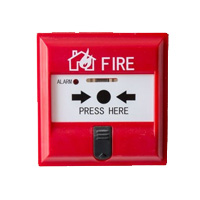
The alarm system may be manual or automatic. The manual alarm system consists of a horn bell or siren by which the people can be alerted.
The automatic alarm system is usually installed in a large industrial building which sends information to the nearest control point and also alerts the nearest fire brigade station.
Fire-extinguishing Arrangements
Depends on the importance of the building, various types of extinguishing arrangements are provided.
Portable Fire Extinguishers
The purpose of portable fire extinguishers is intended for immediate use in case of an outbreak of fire, commonly used are carbon dioxide type, foam machines, large foam generators, etc.
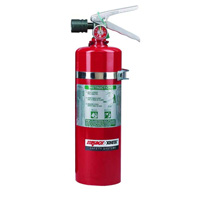
For small fires, the most common type is carbon dioxide extinguishers. Small fires can be extinguished by keeping the buckets of water, sand and asbestos blankets.
Fire Hydrants
Fire hydrants may be installed inside or outside the building, but they should be located in a suitable position such that the water is easily available.
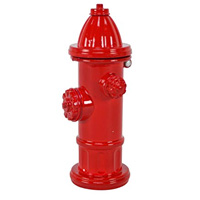
For large and close buildings the fire hydrants should be located 90-120 m apart. For open areas, the distance may be 300 m or maybe more. Generally, hydrants are installed at all street corners.
Automatic Sprinkler System
This system consists of pipes and sprinkles, which are installed in such a way as to operate automatically by the heat of a fire and sprinkles water on the fire.
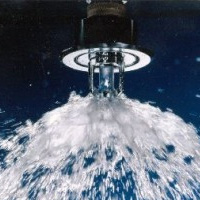
This arrangement is suitable for the internal protection of premises and is provided in industries which produce combustible materials like textile mills, paper mills, gas industries, etc.
Escape Routes
Enough passages to escape in times of emergency have to be made in the building, which is more important in public buildings like theatres, town halls, schools, restaurants, etc.
For buildings more than 25m, it is necessary to provide at least one fire tower as the escape route. All escape routes over roofs and stairs should be protected with railings.
Also Read: Learn Why Waterproofing is Important to your Construction
Vani Paspula



